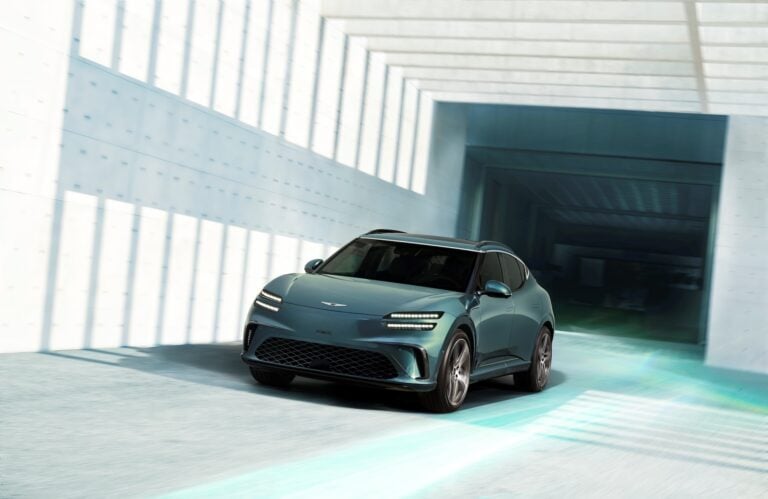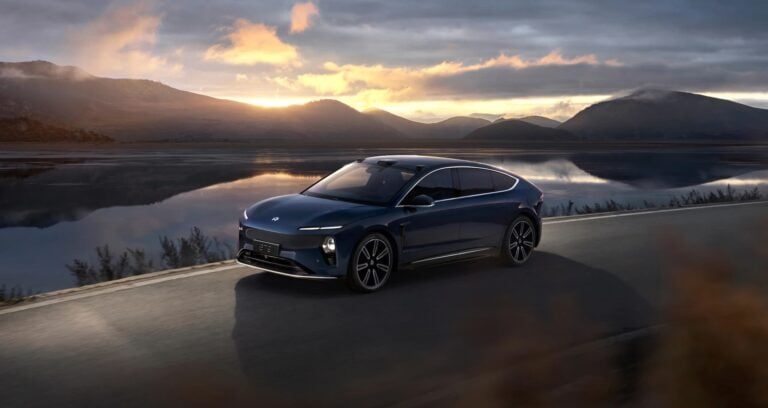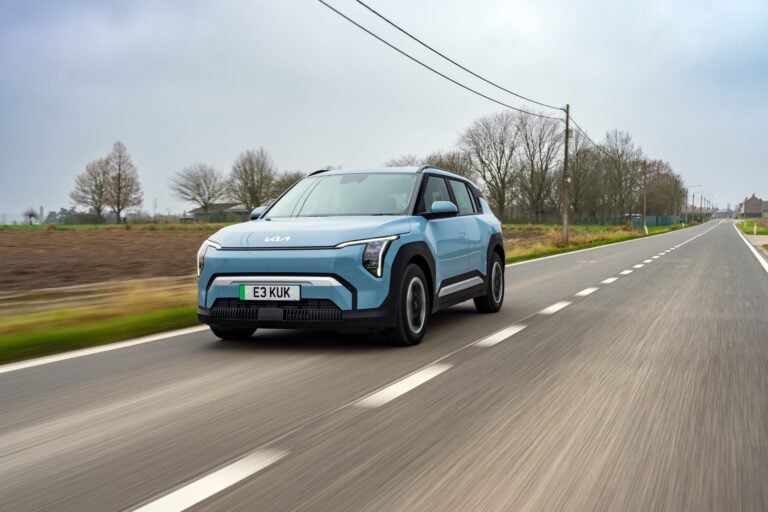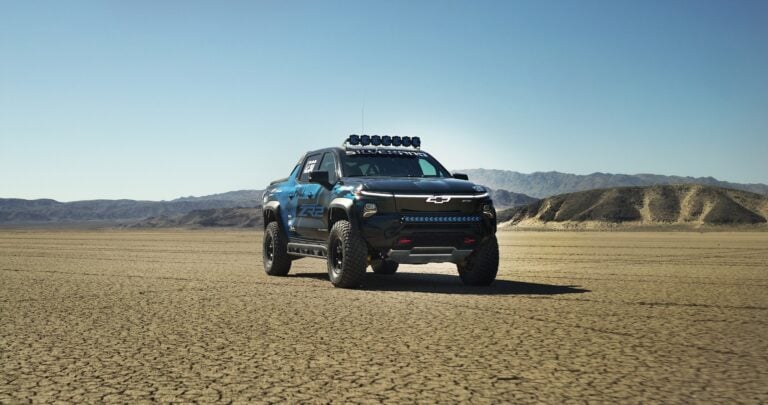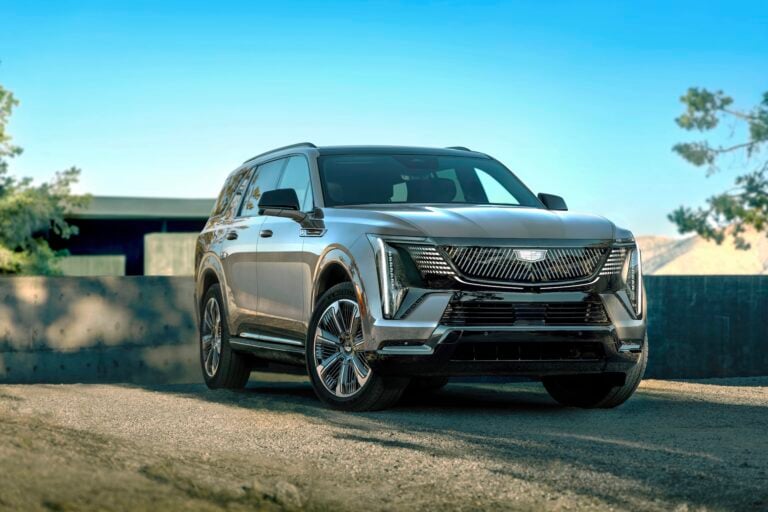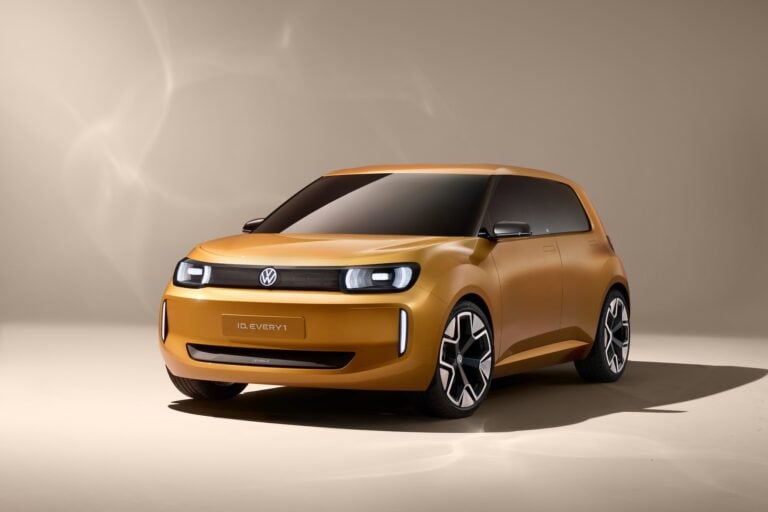Porsche is accelerating its efforts in electromobility, with a clear roadmap in place to achieve its ambitious goals. The company has set a target to have more than half of all new Porsche cars sold to be electrified by 2025, either fully or as plug-in hybrids. And by 2030, the Stuttgart-based sports car manufacturer aims for more than 80% of its new car deliveries to be fully electric models.
One of the key tools that Porsche is deploying to achieve this is the Premium Platform Electric (PPE). Developed jointly by Porsche and Audi, PPE is an architecture for all-electric cars that offers many benefits in terms of package and spaciousness, as well as room for maneuver in wheelbase, track width, and ground clearance. This allows for a variety of models to be developed, including in different segments, while also enabling Porsche models to retain their unique, independent character.

The first Porsche to be based on the PPE will be the all-electric Macan. This model will feature an 800-volt architecture, a powerful electric motor of the latest generation, and state-of-the-art battery and charge management. The Macan will also offer E-Performance, which is characteristic of Porsche. The development targets for this model include long-range capability and high-performance fast charging.
For the top variants of the Macan, Porsche engineers are creating a dynamic, sporty driving experience with fully variable electronically controlled rear differential and a Performance rear axle. Additionally, a powerful electric motor positioned behind the rear axle will enable a rear-dominant all-wheel application across a wide spectrum. This, combined with dynamic torque distribution in the all-wheel drive, will support high agility when accelerating out of corners.
The PPE allows for a wide range of models with rear- and all-wheel drive and various performance levels. The system output will initially go up to around 450 kW, with a maximum torque of more than 1,000 Nm. Porsche is also deploying 800-volt technology for the next Macan generation, which ensures consistent high performance, significantly reduces the charging time, and lowers the weight of the high-voltage cables and the space required for them.

The use of permanently excited synchronous electric motors (PSM) with hairpin winding, which are common in Porsche’s electric vehicles, will also be used in the all-electric Macan. PSMs offer higher power and torque densities, greater efficiency, and better reproducibility of the power output compared to asynchronous motors (ASM). Additionally, the development of the power electronics has taken a big step forward with the use of silicon carbide (SiC) instead of silicon as the semiconductor material in the pulse inverter (PWR) on the rear axle. This significantly reduces switching losses in the PWR and enables higher switching frequencies.
The Macan will be equipped with a lithium-ion battery in the underbody with a total capacity of about 90 kWh. This battery can be charged from five to 80% in less than 25 minutes, using high-performance fast charging. With these developments, Porsche is well on its way to achieving its ambitious goals of electrifying a significant portion of its vehicle portfolio.



